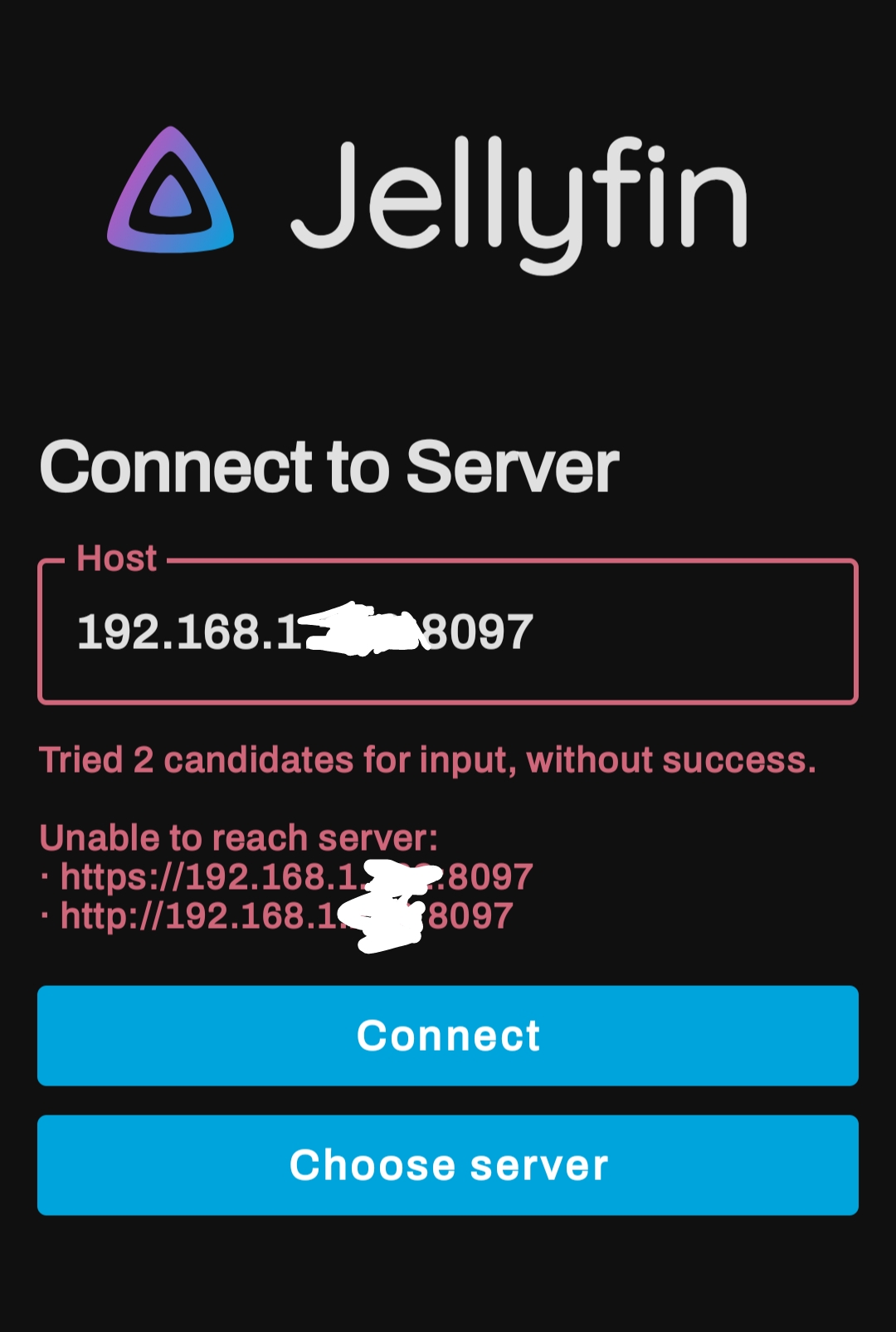Selfhosted
A place to share alternatives to popular online services that can be self-hosted without giving up privacy or locking you into a service you don't control.
Rules:
-
Be civil: we're here to support and learn from one another. Insults won't be tolerated. Flame wars are frowned upon.
-
No spam posting.
-
Posts have to be centered around self-hosting. There are other communities for discussing hardware or home computing. If it's not obvious why your post topic revolves around selfhosting, please include details to make it clear.
-
Don't duplicate the full text of your blog or github here. Just post the link for folks to click.
-
Submission headline should match the article title (don’t cherry-pick information from the title to fit your agenda).
-
No trolling.
Resources:
- selfh.st Newsletter and index of selfhosted software and apps
- awesome-selfhosted software
- awesome-sysadmin resources
- Self-Hosted Podcast from Jupiter Broadcasting
Any issues on the community? Report it using the report flag.
Questions? DM the mods!
view the rest of the comments

If we pull in a team effort we can all collectively try 1 to 255 for the last octet and download all the money from this man's bank account and split it between us what say?
I'm in. We just need 253 more people
I'll cover the gateway to make sure they don't sneak off to another net.
Are you sure he's using 255.255.255.0 network mask though?
Isn't 255 the broadcast address?
Depends on the network mask.
The 192.168.x.x IP range doesn't allow for subnet masks greater than 255.255.255.0. How that's enforced I can't remember, but I'm 99% sure he isn't using larger subnets.
This is nonsense. In that space you get a /16, and you can do with it whatever you want.
No it's not. 192.168.x.x is a reserved class C range which per specification is limited to 255.255.255.0
Stop sprouting that kind of bullshit.
Class based networking has been obsolete for 3 decades now - and RfC 1519 was quickly implemented, so pretty much by the mid 90s any device looking up network masks by classes could be considered some broken legacy device.
RfC 1918 - which allocates the private IP ranges - came 2.5 years after the introduction of CIDR, specifies the networks in bit notation, and only references what the equivalent networks were in class notation as reference for people who have been asleep for a few years.
You know, I would have looked it up and checked if there were holes on my knowledge but you being a dick about it makes me not want to.
Next time, don't assume the worst in people and you might actually succeed in convincing them.
If you're younger than ~40 you shouldn't even know the term 'network class', unless you're really into history of computer networks. If you learned that term in some kind of school I'd question the rest of what they've been teaching as well.
If you're older than 40 you should've stopped using class based concepts at least two decades ago.
I know it because of Half-Life 1. If your tried to connect to a network game as lan while giving a non-class c ip, it specifically mentioned class c.
Interesting, I never encountered that - though that also fits the "2.5 decades" timeframe.
It still shows the author of the error message has no idea about networking: even if we assume network classes apply to RfC 1918 addresses (which they don't) the majority of those addresses are class A or class B networks.
And looking at it the other way round (using "class C" synonymous with "private addresses) doesn't work - the majority of addresses in class C space are public addresses.
The .x.x literally shows that you can fit a /16 (255.255.0.0) in there. 192.168.0.0 255.255.0.0
No, that's a placeholder a set. It's a class C range which is limited to 254 hosts.